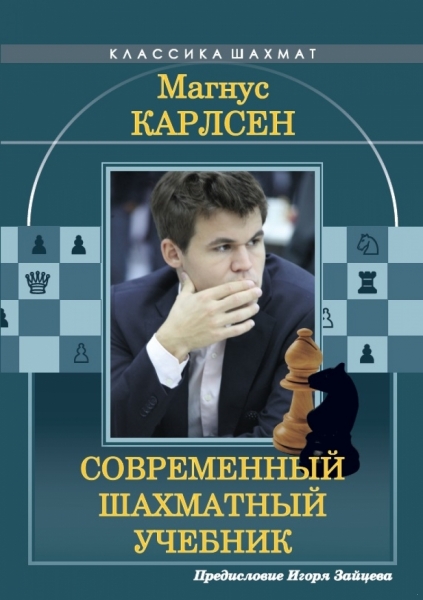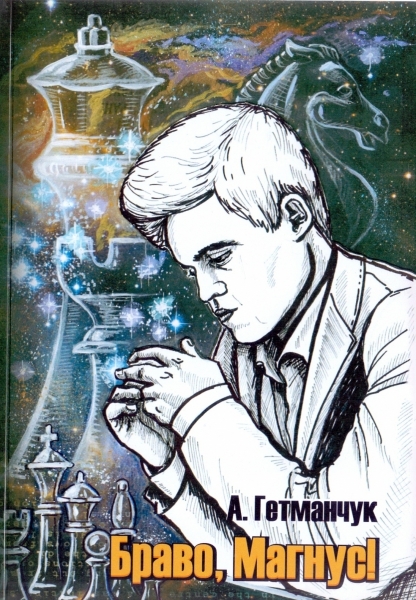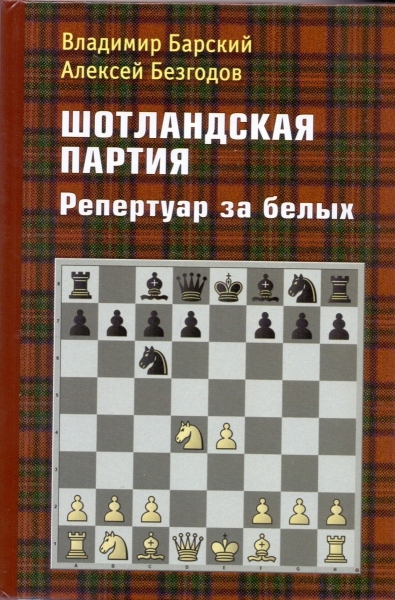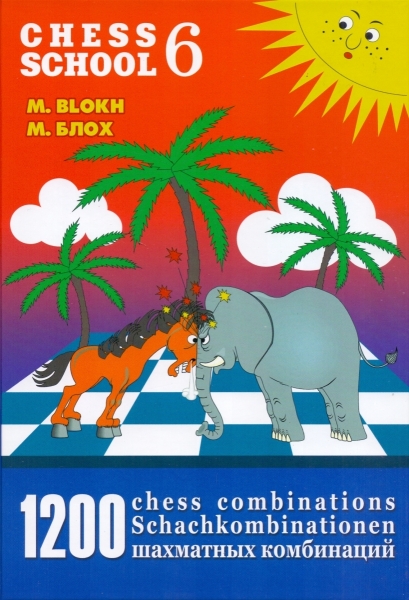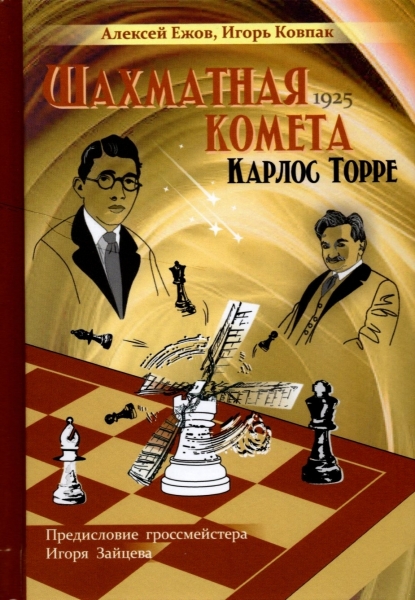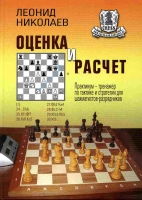Ukrainian Chess Castle
Книги издательства:
- Сортировка:
- от дорогих
- от дешевых
- новые поступления
- названия
- автор
-
33.11 $
A new book by a master of sports in chess, a children's coach with many years of experience, Leonid Nikolayev, is designed to help chess players - practitioners to master the necessary skills for calculating options, evaluating positions and choosing the right course. Each of the 64 lessons ("steps") includes a commented training party, as well as assignments on strategy and on the calculation of options. It is intended for chess players dischargers. -
20.69 $
Ulf Andersson is a master of analysis, extremely sensitive to the position and deeply understanding chess, who proved it also by the fact that already on the slope of a career, taking up a game of correspondence, he became a grandmaster in this particular form of chess art and headed the ICCF rating list. ;
& nbsp; & nbsp; Still, the main thing is not this, but an amazing sense of magic, involuntarily arising from viewing the best games of Andersson. Their scenario is usually similar to each other: an unpretentious debut, mid-game without a special tactical battle, in which the pieces change one after another, and finally, an approximately equal endgame, where Andersson wins a couple of dozen moves ... for some reason wins, and without noticeable mistakes rivals. At first it seems that this is just an accident, then there is a suspicion that everything is not so simple, at last you feel admiration for the seemingly unpretentious, but immaculately delicate game. Positions with a minimum number of figures have always been & laquo; skate & raquo; Andersson. Someone successfully joked that being in good shape, Ulf could win even in a position where only two kings remain on the board.
& nbsp;
-
 Author:
Author:
Fisher 15.00 $ -
 Michael Tal. All parties. Set in 4 volumes. Mikhail Tal. Games.
Author:
Michael Tal. All parties. Set in 4 volumes. Mikhail Tal. Games.
Author:
Khalifman 300.00 $ -
 Boris Spassky
Author:
Boris Spassky
Author:
Solovyov 116.67 $ -
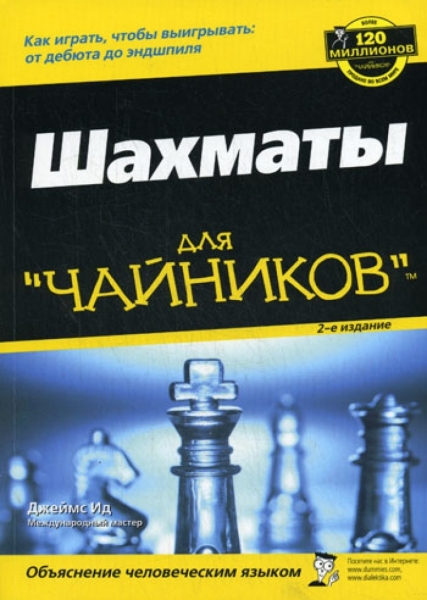 Chess for Dummies
Author:
Chess for Dummies
Author:
Dzheims 50.00 $ -
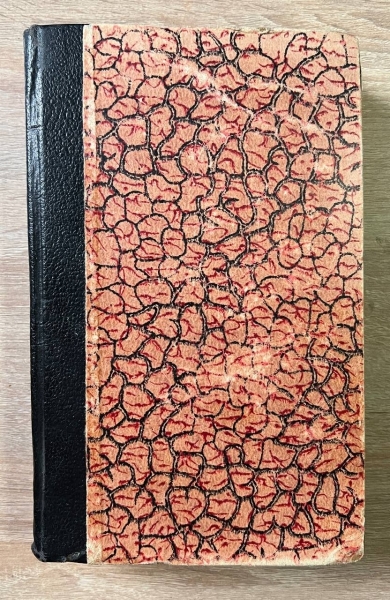 Chess in the USSR complete annual set for 1938 in hardcover
283.33 $
Chess in the USSR complete annual set for 1938 in hardcover
283.33 $
-
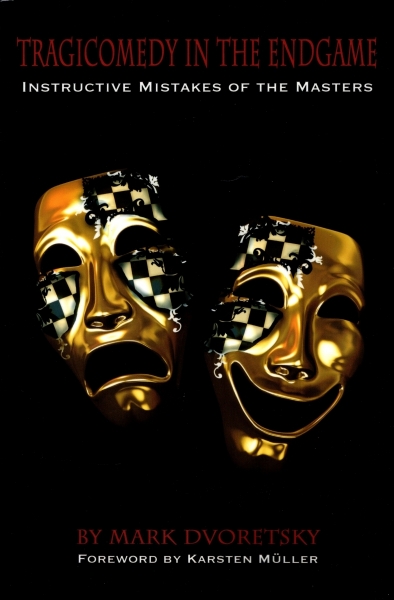 Chess book: Tragicomedy in the endgame. Instructive mistakes of the masters by Mark Dvoretsky
20.00 $
Chess book: Tragicomedy in the endgame. Instructive mistakes of the masters by Mark Dvoretsky
20.00 $
-
 Fundamentals of practical endgame
Author:
Fundamentals of practical endgame
Author:
Getmanchuk 13.33 $ -
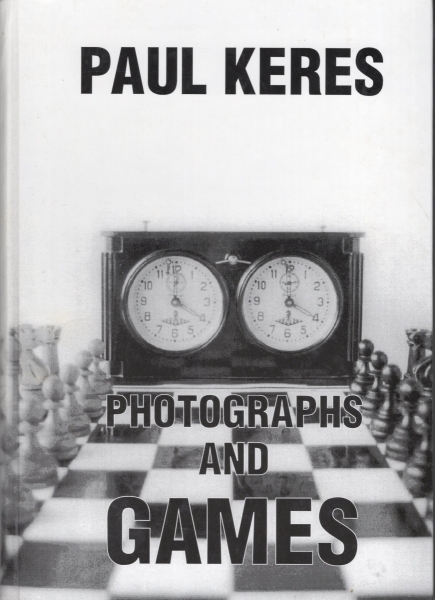 Photographs and games / Photos and Parties
Author:
Photographs and games / Photos and Parties
Author:
Keres 116.67 $ -
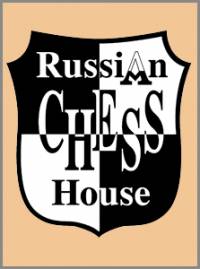 Beginning and middle of the checkers game
Author:
Beginning and middle of the checkers game
Author:
Kuperman 36.67 $ -
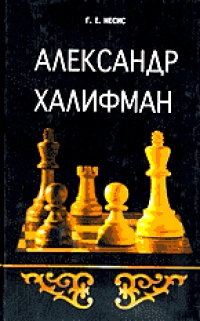 Alexander Khalifman
Author:
Alexander Khalifman
Author:
Nesis 43.33 $
 Русский
Русский  Английский
Английский 
